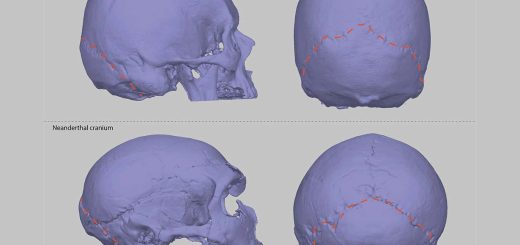The world’s brightest X-ray machine has been turned on
The LCLS-II X-ray laser is unprecedentedly bright, and will make it possible to record exactly what atoms and molecules do during photosynthesis and other chemical reactions
By Karmela Padavic-Callaghan
18 September 2023
This copper plate is the source of electrons for high-energy X-rays
Marilyn Chung/Lawrence Berkeley National Laboratory
The world’s brightest X-ray machine has just produced its first record-breaking X-rays, which will allow researchers to observe atoms, molecules and chemical reactions in unmatched detail.
The machine – the Linac Coherent Light Source II (LCLS-II) X-ray laser at SLAC National Accelerator Laboratory in California – recently completed an upgrade process that began more than a decade ago. The X-rays it generates now are, on average, 10,000 times brighter than those made by the original LCLS facility.
LCLS-II produces X-rays through a complex process involving lasers, electrons, microwaves and magnets. First, researchers use an ultraviolet laser to knock electrons out of a copper plate before accelerating them with a device that emits intense microwave pulses. The electrons then move through a maze composed of thousands of magnets. This makes them wiggle back and forth and emit X-rays in predictable, well-controlled bursts. Researchers direct these pulses onto objects and materials to image their internal structure. The X-rays are a trillion trillion times brighter than those used in medical procedures.
Advertisement
Read more:
A ghostly trick produces X-ray images with a lower dose of radiation
The X-rays that LCLS-II produces have gotten so much brighter in part because the SLAC team refurbished the 3-kilometre-long metal tube that the electrons travel through with a lining made of niobium. This metal can withstand exposure to unprecedentedly energetic electrons when cooled to about -271°C. To keep the tube suitably cool, the team had to install a giant cryogenic plant below ground.
There were other engineering challenges: The maze magnets had to be calibrated extremely precisely to make sure the X-rays pulses have the correct shape, says Mike Dunne at SLAC. “Every single part of this system had to work just right simultaneously.”


